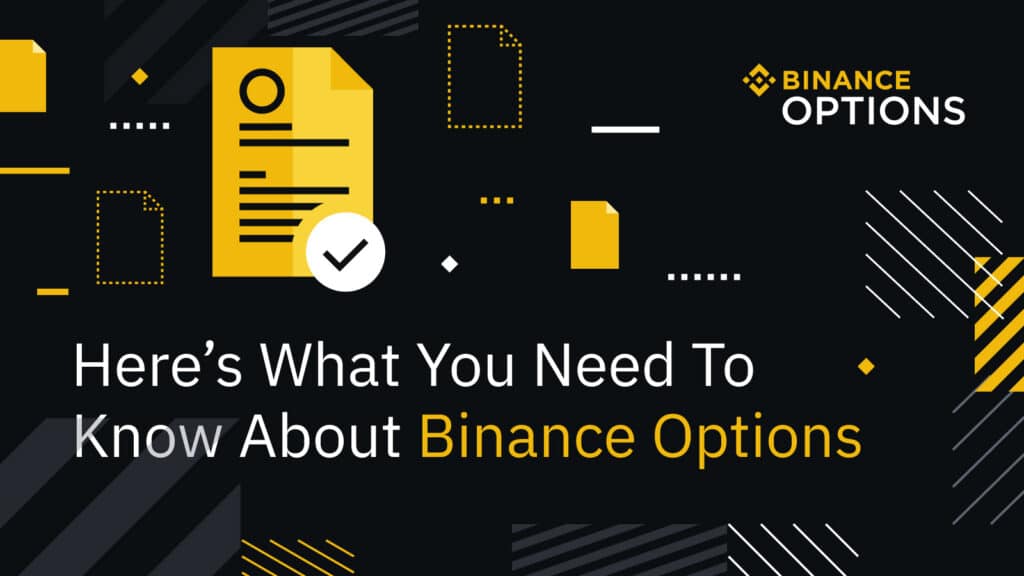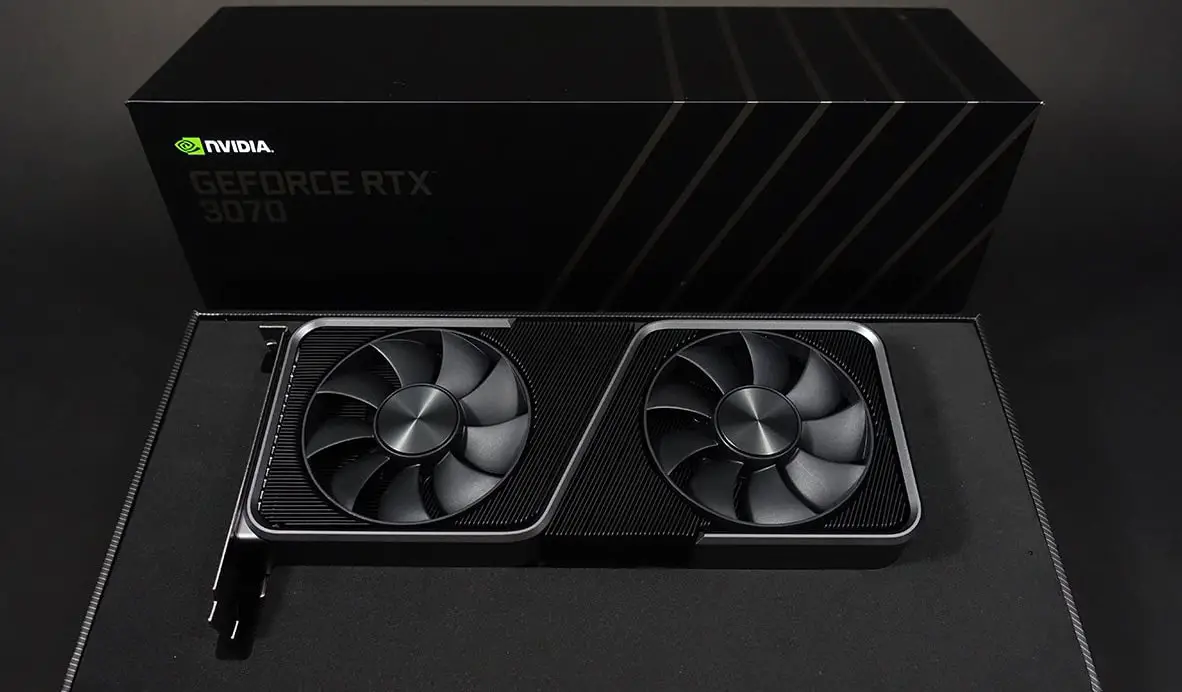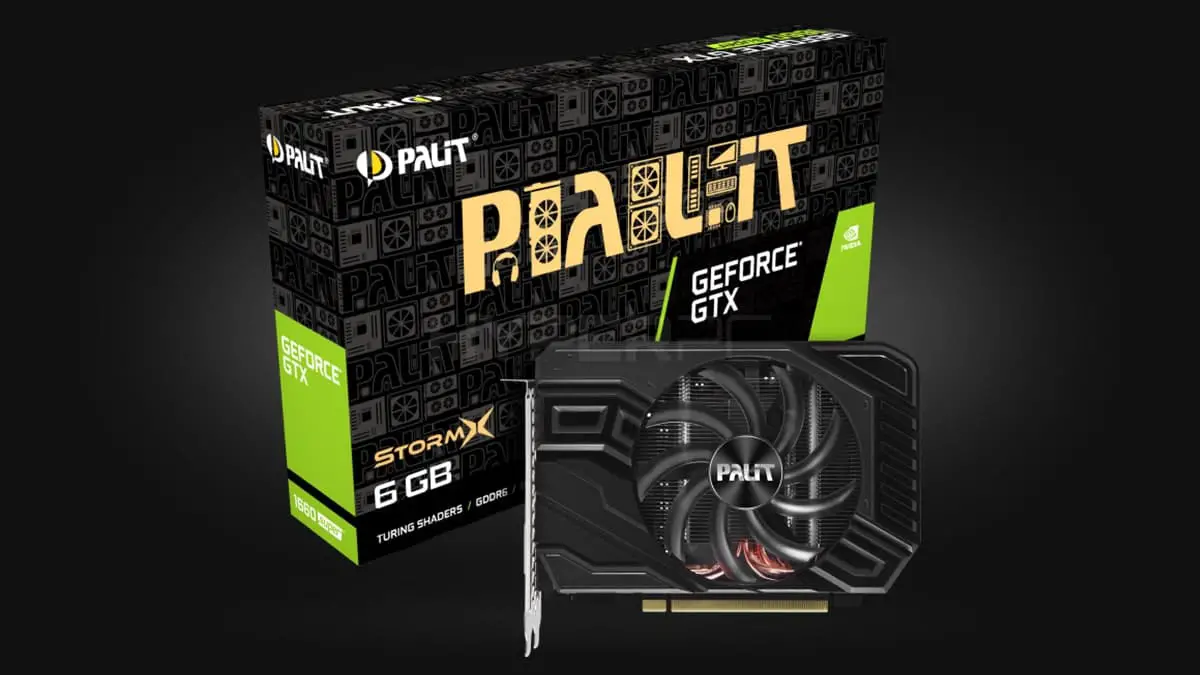Before we begin our overview of traditional options on the Binance crypto trading platform, let me give you a brief introduction to explain to the inexperienced reader what options are.
An option is a preliminary transaction between two bidders. They are divided into two types: Put (purchase) and Call (sale). The buyer of the option reserves the right to repurchase a certain volume of certain exchange-traded assets, be it real goods, securities or currency at the value specified in this agreement at a strictly defined time.
Sell options can also be redeemed. The seller, concluding a deal, assumes responsibility for its execution. Basically, the same trader can be a buyer and a seller.
Options differ in terms of execution time:
- the European option is exercised strictly on the last day, before the expiration date;
- American can be implemented at any time while it is still valid;
- quasi-American, stipulates that the contract will specify several periods of time for its implementation.
The meaning of these transactions is in attempts to capitalize on the growth or fall of demand for a particular asset.
Vanilla Options on Binance
The Binance team has developed a separate option account for each user. The stablecoin USDT is used as a trading and settlement currency. The trader can transfer his assets to the option account from the spot wallet and vice versa.
To avoid excessive risk, the price of the option mark is calculated by the system based on the position collateral and unrealized profit or loss. The price of the option mark is used in the risk management system and can be considered as a reasonable theoretical price of the option contract at the moment.
The option buyer must have sufficient funds to close the deal. The options seller must have the funds to post the margin collateral. The purchase of an option is a spot trade and does not involve the use of leverage or leverage. If a trader wishes to execute an option contract to sell, he can do it in two ways:
- Place a spot order to sell your option position.
- Sell the option on margin, freezing the assets as margin collateral.
The type of each individual trade on the options floor is determined by the system. There are four types of transactions:
- Buy-to-open: the user buys the option directly so that after the trade he holds a large position.
- Sell-to-close: if the user has an open position, he sells an amount less than or equal to his balance to close the position.
- Sell-to-open: the trader sells a “naked”, that is, an unsecured option.
- Buy-to-close: after selling the naked option, the user holds a short position, which can be closed by purchasing options.
The option fee consists of two parts: a transaction fee and an exercise fee. The transaction fee should not exceed 10% of the amount, and the exercise fee will not exceed 10% of the profit received when the option is exercised. The transaction fee for each transaction is calculated based on the index price at the time of order completion. The transaction fee rate is 0.03% of the base value and the execution fee rate is 0.015% of the base value. Profit is automatically calculated for each user involved in the trade.

Binance Vanilla Options refer to American type… From the moment of the start until the moment the option is exercised, it can be bought or sold.
Positions opened by buying options are displayed as a positive number, while positions opened by naked selling are displayed as a negative number. When buying options, the buyer pays a premium so they don’t have to worry about the collateral. The money for the completed transaction is used as collateral for the seller’s position.
When the collateral on the account reaches the threshold and the seller lacks its own funds on the exchange deposit, the counterparty is liquidated. When the user’s account equity falls below the collateral level, a forced liquidation is triggered.
If the final price (strike price) is equal to or higher than the strike price, then the call is automatically executed, the execution fee is deducted, and the buyer receives USDT, and the remaining collateral is returned. As for Put options, if there is a profit on completion, all collateral is returned to the seller. To enhance the seller’s ability to use the money provided as collateral, Binance Options does not require sellers to deposit 100% collateral.
Trader’s interface

The Binance Vanilla page does not contain the usual charts, order book and order history. It is divided into two parts, Call on the left, Put on the right.
At the top there are buttons for monitoring the status of transactions, and below them are the indices of open positions. At the bottom of the page, a warning about the risks of options trading is displayed in large print. To start trading, you need to replenish the deposit.
Balance replenishment for trading

First, we add cryptocurrency to the spot balance. Digital coins can be transferred from an external wallet, bought on the exchange using a bank card, or earned by mining on the Binance pool.
To work on Binance Vanilla, you will need USDT if you have another currency to exchange it. Then we transfer to the wallet’s futures department and you can start.
Position opening

It is necessary to choose a suitable period of validity and determine the direction. If you think the bitcoin price will rise, buy Coll, if it falls, buy Put… Enter the transaction amount and confirm the order. Done, the position is open.
Closing a position
You can close a position whenever you want, without waiting for the due date. Go to the open positions tab, calculate the profit (or loss) and confirm the close. If you do not do this in advance, the system will calculate and close the position at the end of the validity period.
Pros and cons of Vanilla Option
| Benefits of traditional options | Disadvantages of traditional options |
|---|---|
| The buyer knows exactly the amount of potential losses, and the profit can be colossal. | High risk of loss of premium for the buyer and unlimited losses in the event of a sharp rise in the rate for the seller. |
| The seller may not freeze the entire amount of the collateral, which makes it possible to cover the losses of one position at the expense of other directions. | Binance Vanilla is not available in some regions. |
| USDT settlement allows you to buy and sell options directly. Different combinations and strategies can be used. | High technological requirements for the exchange. |
| Low fees and high security. |
Conclusion
Options are a tricky financial instrument, especially for novice traders. But experienced digital market participants, including miners, will find it very interesting. When calculated correctly, options help to lock in and multiply profits. Good luck to you!
Subscribe to our resources and read comments, sometimes smart people write smart things there.
Related materials:
(Traditional options on the Binance cryptocurrency exchange
)















